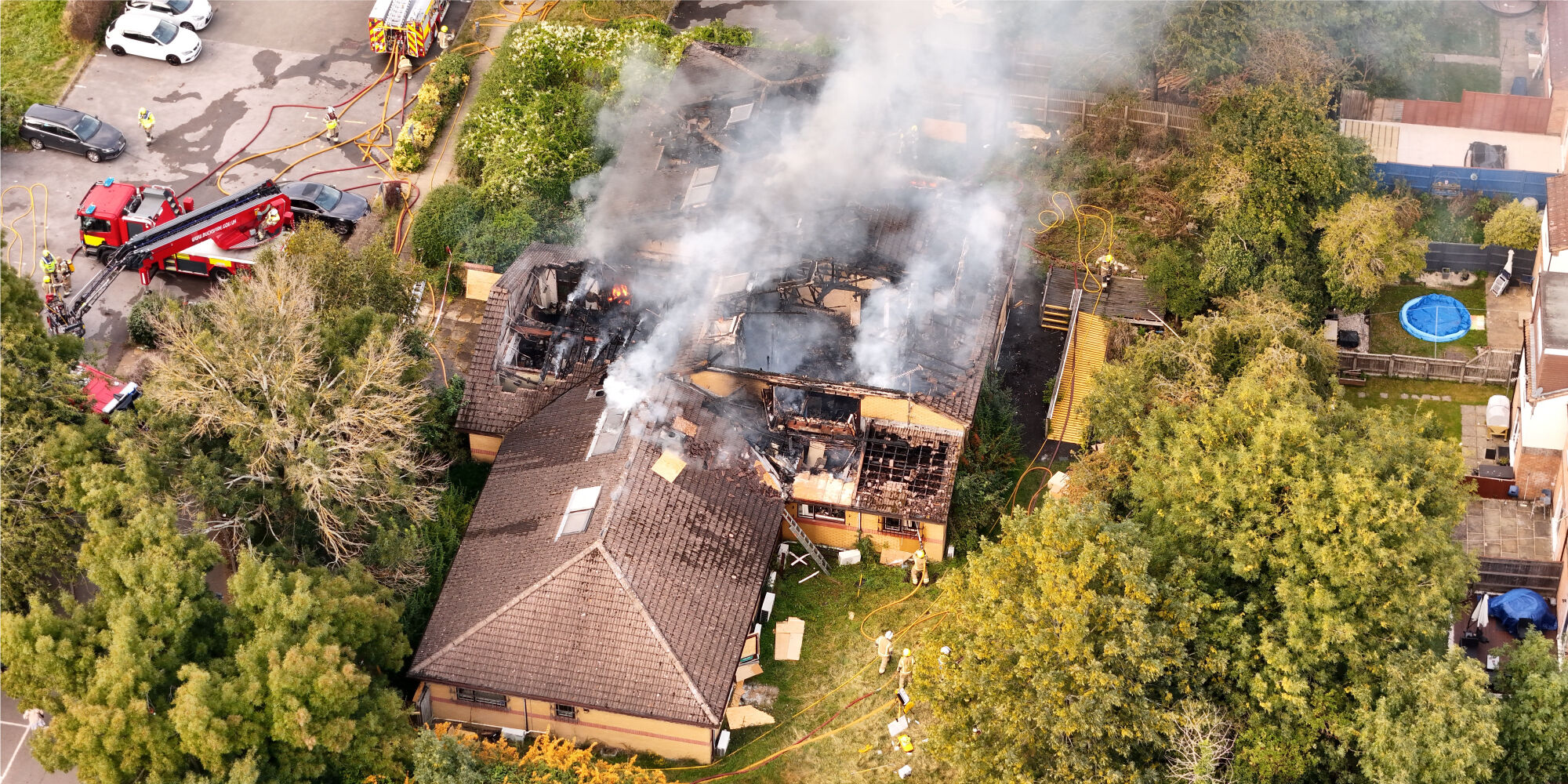Addressing the challenges of climate change, shifting demographics and increasingly complex businesses requires investment in technology, people and processes, says panel.
In the past few years some worrying climate change precedents have been set. As Larry Milburn, chief operating officer, US Loss Adjusting, noted in the ‘Riskier World’ panel at November’s Crawford Technical Claims Forum in London, this year marks the first time Category Five storms have occurred in all seven tropical ocean basins.
Milburn noted that, in 2023, the record for hailstone size in Europe was broken twice in the space of a week. And in the U.S., Hawaii suffered the deadliest wildfire in over a century, with 100 lives lost and an estimated US$5.5 billion in property damage.
Demographic shifts are also changing the risk profile of natural disasters and their likely claims impact. A rapidly growing coastal population is increasing hurricane exposures, while falling birth rates in developed countries are impacting the global economy – and the ability to invest in catastrophe resilience.
Robert Fleckenstein, executive general adjuster, U.S., said supply chains remain under pressure, stretching resources and making it harder for contractors to secure the materials and workforce for repairs, driving up overall costs and delaying claims resolution.
“At Crawford, we believe in a restore purpose - to restore people's lives, businesses and communities. It's not just about the numbers. A single open claim means a life or business waiting to be restored,”
said Milburn.
Climate change is one of the biggest risks the insurance sector faces, and to meet the challenge head-on the industry needs to address it collectively, said Debbie Little, chief client officer, UK & Ireland.
“For loss adjusting, it's about the ability to scale up quickly, at an international level, and to effectively utilize our expertise and resources to protect the people that need it most,” she said.
In a fast-moving claims environment, proactivity is the key to getting the response right, said Milburn. Investing in technology and advanced solutions is one way Crawford is addressing the need for a faster and more proactive adjusting process, alongside deployment of a global on-demand contractor repair network.
“Speed is the new ‘quality’. We all know it's about timeliness. What used to take 10 days [to handle] now takes five days – and it will probably be three days in a year or two,” said Milburn.
Another key element of proactivity is the ability to deploy sufficient human resources to effectively respond to loss events.
“Talent management plays a huge role in our ability to respond quickly. We need to invest in our talent so they can deliver on that responsiveness, and ensure it is properly utilized, so our adjusters can provide services to all our clients,” said Douglas Dick, AVP and technical lead, Crawford Global Technical Services, U.S.
However, with demographic phenomena such as the ‘Silver Tsunami’ and the ‘Great Retirement’ threatening the availability of skilled employees, acquiring talent has become a major challenge.
“When we look at how we need to scale up, we've got to bring extra talent into the industry. Through commitment to things like our Crawford Academy program in the UK, we are planning not just for tomorrow but for the next 5-10 years,” said Little.
As businesses and economies – and the accompanying risk landscape – become more complex, the industry needs to equip itself in other ways to respond to these challenges.
As Greg Smith, president, Canada, observed, adjusters need a deeper understanding of businesses to effectively assist clients in recovering from a loss. With adjusters wearing “multiple hats” to handle more complex risks, there’s a need to diversify the talent base.
“By bringing a team to the battle with deeper, more diverse skills, we can help businesses get back faster and guide the process more efficiently,” Smith concluded.



